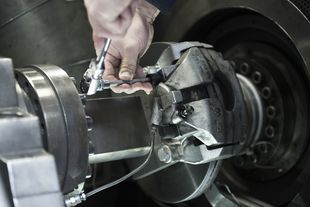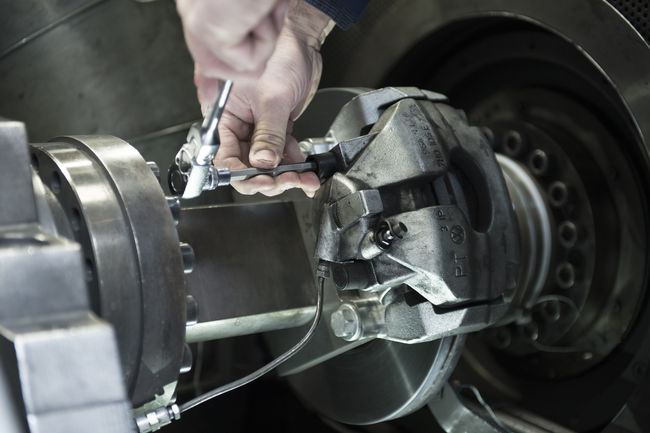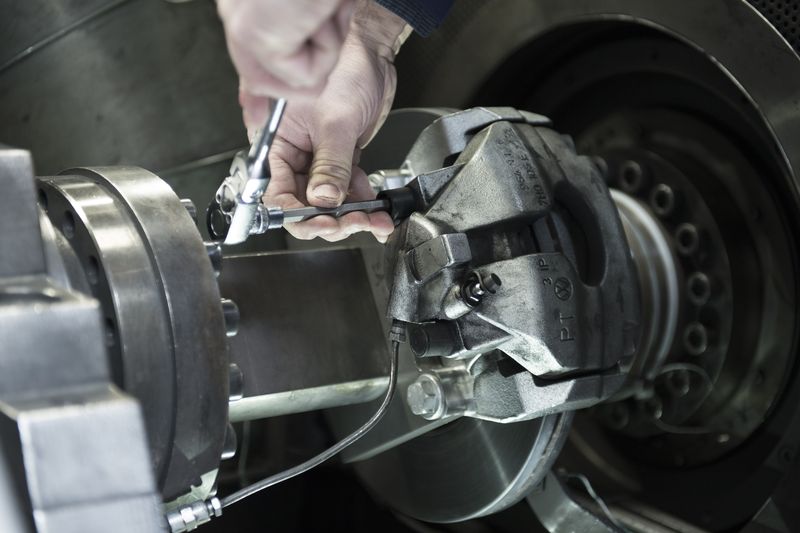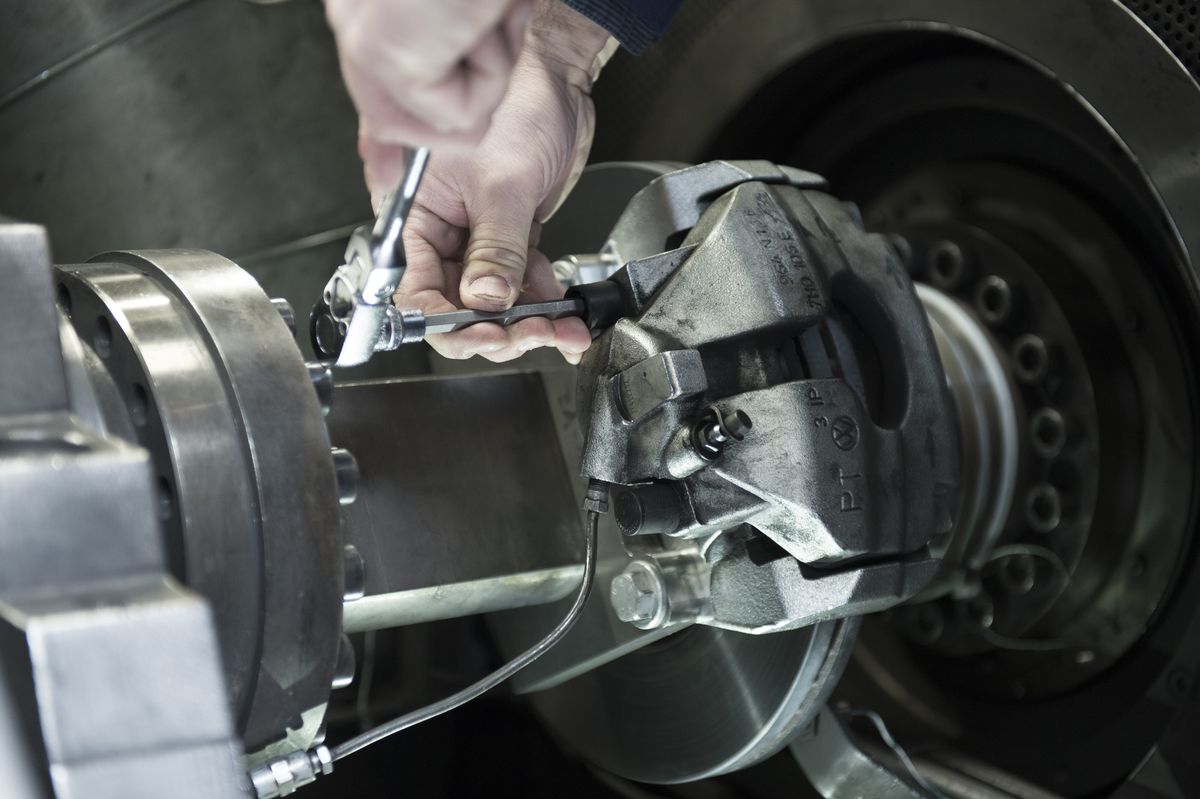Tested component strength for couplings you can rely on




Due to their function, vehicle components have to withstand high stress, so drivers and other road users can rely on a safe overall system. In our competence area ‘component strength’, we test load capacity and safe function of coupling components and we assess passive safety vehicle components.
The basis for a reliable component strength is the compliance with regulations and standards in conjunction with a proof of the required life span, the load capacity of the design and the functionality of component or system and the proof of general safety. The couplings and other load transferring components should not fail even under exceptional loads, as for example in agricultural applications and at high dynamic high speeds. Furthermore the systems should demonstrate low wear and they must withstand environmental influences. In total, this secures traffic safety also for weal road users, such as children and pedestrians.
The essential regulations – besides the general technical physical basics
- ECE R55, mechanical coupling components
and: Reg. (EU) 661/2009, Reg. (EU) 167/2013, StVZO §22a TA31 - ECE R58, rear underrun protective devices
- ECE R93, front underrun protective devices
- ECE R73, Lateral protection devices
I would like to support you in the areas of design, materials and production Technology.
We test for you
- Component strength (dynamic and static)
- Possibility of approval (Homologation)
- Benchmark
- Development support
- CoP (Conformity of Production
- Handling safety
- Other tests according to client’s requirements
Tel.: +49 201 825-4138
bremse@tuev-nord.de